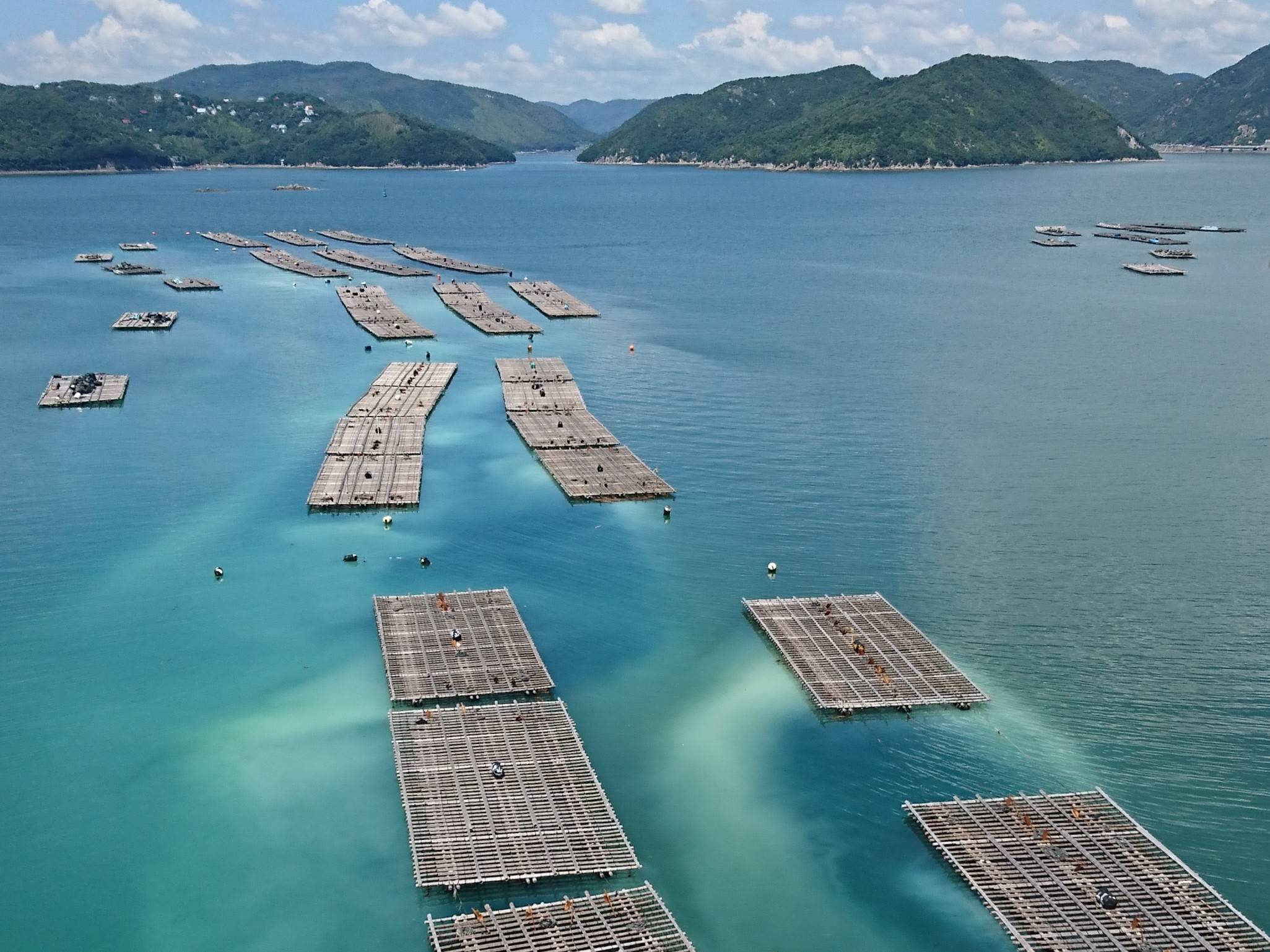Oysters, scallops, urchins, shrimps and crabs: All are popular among seafood lovers and all are at risk of disappearing from restaurant menus if the ocean keeps absorbing carbon dioxide from the atmosphere, causing it to become more acidic.
Carbon dioxide emissions are known to cause climate change, but they also affect the ocean. Dubbed “the other carbon dioxide problem,” ocean acidification is getting increasing attention worldwide, as it impacts a wide variety of marine species, including corals and other sea creatures that depend on calcium carbonate to survive.
In Japan — which on Monday marks Marine Day, a celebration of the ocean's importance to the country — efforts to study the phenomenon have recently gained momentum. But there’s still a long way to go before the government, academics and nonprofit organizations are properly working together to comprehensively monitor its impact, share know-how and respond to the change, experts say.

















With your current subscription plan you can comment on stories. However, before writing your first comment, please create a display name in the Profile section of your subscriber account page.